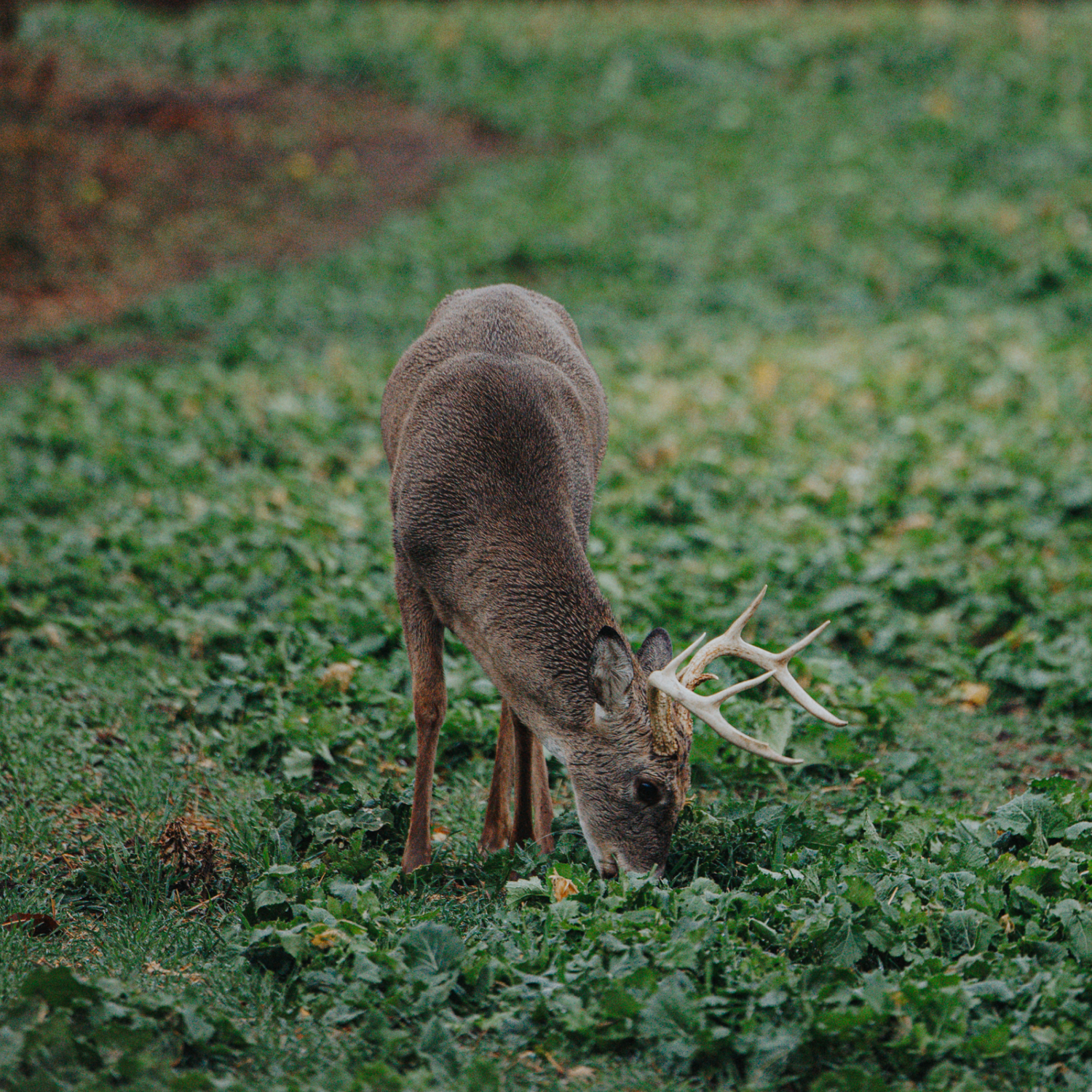The Ultimate Guide to Food Plot Seed Selection for Hunting Whitetail Deer
Creating a successful food plot for hunting whitetail deer requires careful consideration of many factors, with one of the most crucial being the selection of the right seeds. The seeds you choose will directly impact the attractiveness of your plot to deer and other wildlife, as well as its resilience and sustainability throughout the hunting season. In this guide, we'll explore various types of food plot seeds that are ideal for attracting and nourishing whitetail deer.
Clovers
Clovers are among the most popular choices for food plots due to their attractiveness and nutritional value. White clover, red clover, and ladino clover are commonly used varieties. These plants are highly palatable to deer, providing essential proteins and nutrients. Clovers also have a long growing season, making them a reliable choice for maintaining deer activity in your hunting area throughout much of the year.
Brassicas
Brassicas, such as turnips, radishes, and kale, are excellent for late-season food plots. They are known for their ability to withstand cold temperatures and provide essential nutrients during the winter months when other food sources may become scarce. Deer are particularly drawn to the sweet, leafy tops of these plants, making brassicas a valuable addition to any food plot intended to attract and sustain whitetail deer through the hunting season.
Soybeans
Soybeans are another highly attractive option for whitetail deer due to their high protein content and palatability. They are particularly beneficial during the summer and early fall months when deer are focused on growth and antler development. Soybeans provide dense cover and can reach heights that offer concealment for deer, making them not only a food source but also a strategic planting for hunting purposes.
Grains
Grains such as wheat, oats, and rye are popular choices for food plots because they are easy to establish and provide consistent nutrition throughout the growing season. These plants are especially effective when planted in a mixture with other seeds, creating a diverse and appealing food source for deer. Grains are also resilient and can withstand various soil conditions and weather patterns, ensuring they remain accessible to deer even under less than ideal circumstances.
Corn
Corn is a staple food plot seed for many hunters due to its ability to attract and sustain whitetail deer over extended periods. It provides carbohydrates and energy-rich nutrition, making it particularly valuable in the late summer and fall when deer are preparing for the upcoming winter months. Corn also offers cover and can be strategically planted to funnel deer into specific areas, enhancing hunting opportunities.
Peas
Peas, such as Austrian winter peas or forage peas, are highly nutritious and attractive to whitetail deer. They are rich in protein and digestible carbohydrates, making them an excellent choice for boosting deer health and activity levels. Peas can be planted as part of a diverse mix or on their own, depending on your specific hunting and land management goals.
Chicory
Chicory is a perennial plant that is highly attractive to deer, especially during the spring and fall months. It offers high levels of protein and is drought-tolerant, making it a reliable choice for food plots in various climates and soil types. Chicory also has deep roots that help improve soil health and structure over time, making it a beneficial addition to sustainable land management practices.
Sorghum/Sudangrass
Sorghum and sudangrass are warm-season annuals that provide both food and cover for deer. These plants are fast-growing and can reach significant heights, offering shelter and browsing opportunities for deer throughout the summer and early fall. Sorghum and sudangrass are drought-tolerant and adaptable to different soil types, making them suitable for food plots in a wide range of environments.
Choosing the Right Seed Mix
Selecting the best seed mix for your food plot depends on several factors, including your region's climate, soil type, and the specific goals you have for attracting and hunting whitetail deer. Consider a blend of seeds that offer diversity in terms of nutrition and growth stages to ensure a consistent food source throughout the hunting season. Mixing annuals with perennials can also provide year-round benefits for both deer and the overall health of your hunting grounds.
Creating an effective food plot for hunting whitetail deer requires thoughtful planning and the right selection of seeds. By choosing a variety of seeds that offer nutritional value, attractiveness to deer, and resilience to environmental conditions, you can significantly enhance your hunting success. Whether you opt for clovers, brassicas, grains, or other seed types mentioned, each choice contributes uniquely to the overall appeal and sustainability of your food plot. Remember to monitor your plot throughout the season, adjusting your approach as needed to maximize its effectiveness in attracting and supporting whitetail deer in your hunting area.







Leave a comment
This site is protected by hCaptcha and the hCaptcha Privacy Policy and Terms of Service apply.